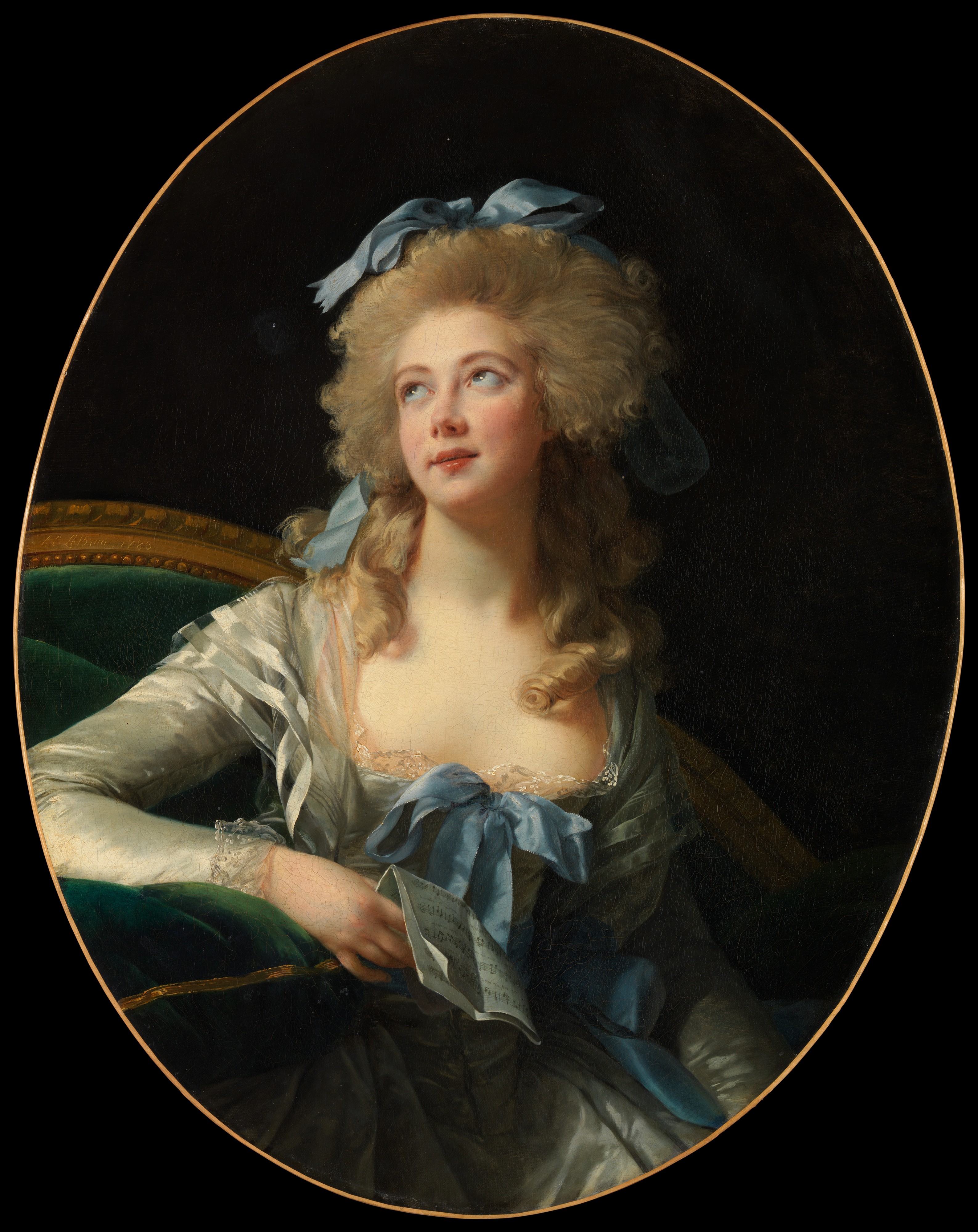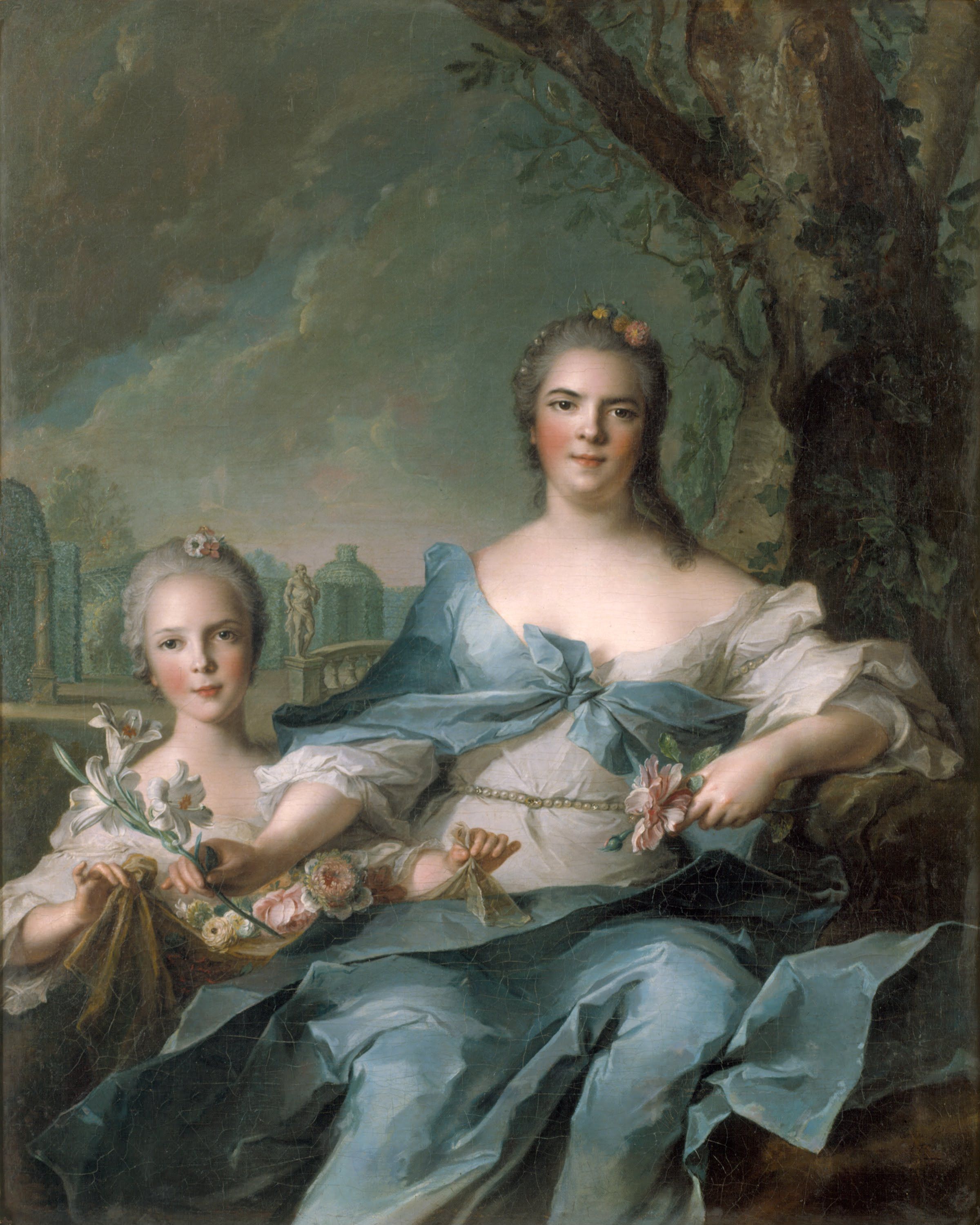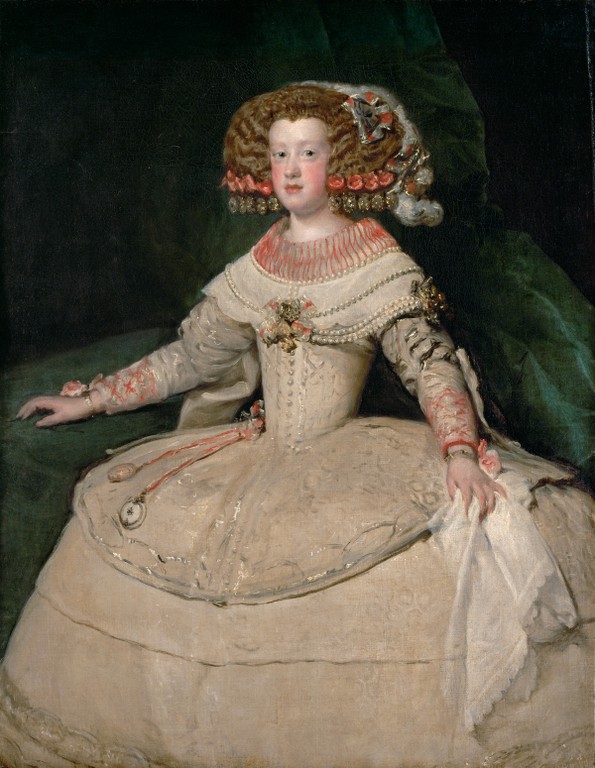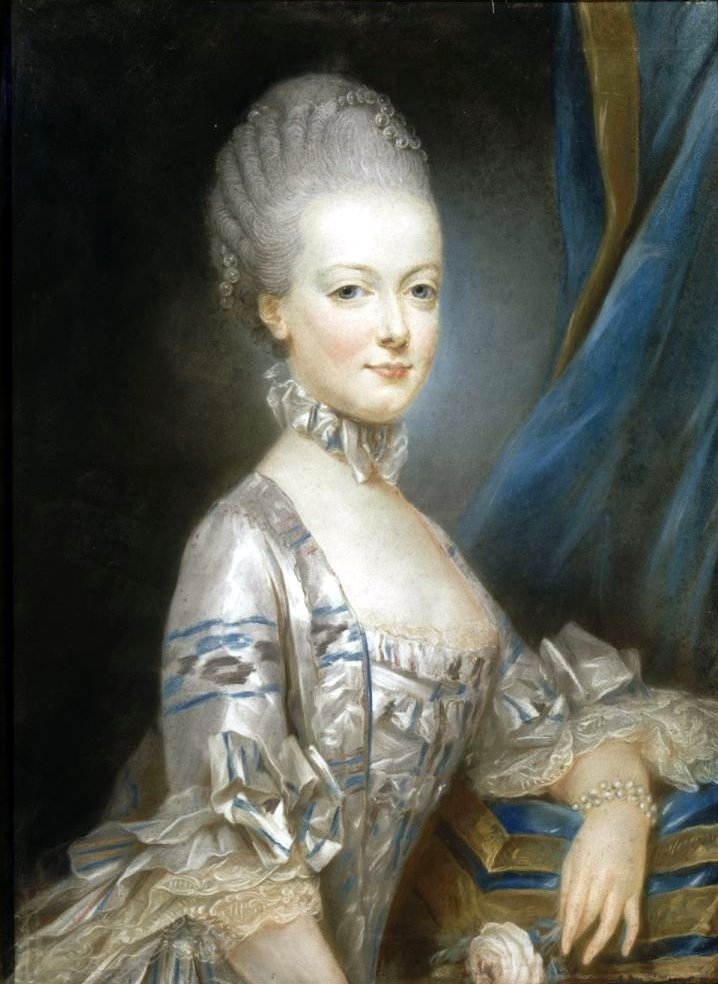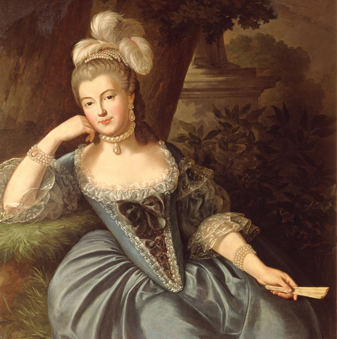The house of Bourbon-Orléans had the privilege of being one of the wealthiest families in France. When Louis XIII first gave his younger brother, Gaston, the apanage it was a valuable fief but it was to become far greater. Gaston died with only La Grande Mademoiselle as an heir; since Salic law prevents females from inheriting the dukedom reverted to the crown.
But it was not to lay dormant for long. Louis XIV granted it to his brother, Philippe, in 1661. This original apanage consisted not of a single dukedom but of three: those of Orléans, Valois and Chartres. However, the Sun King continued to add to his brother's prestige by showering him with titles and honours - rather than actual power.
From this point on the Orléans possessions simply grew and grew. Over all they can be divided into four parts: the titles, the money, the collections and the estates.
 |
| Philippe I d'Orléans |
The Titles
Besides the titles of Duc d'Orléans, Duc de Valois and Duc de Chartres, several other titles belonged to the house. By 1672 Louis XIV gave an entire bunch of new titles to his brother: Duc de Nemours, Comte de Dourdan, Comte de Romorantin, Marquis de Folembray and Marquis de Coucy.
La Grande Mademoiselle's legacy granted a whole new array of titles to the house of Orléans. These included Prince de Joinville, Baron de Beaujolais, Comte de Bar-sur-Seine etc.
The Money
La Grande Mademoiselle had been immensely rich; since she died without a direct heir she named Philippe the sole beneficiary of her will. This massive influx of cash greatly boosted the Orléans-coffers.
Besides the actual cash the inheritance also included the income from no less than nine different fiefs including the dukedom of Montpensier and the principality of Joinville.
Naturally, these resources meant that the family could grant their daughters quite substantial dowries. When Louise Élisabeth had been sent to Spain to marry Luis I in 1721 her dowry had been 4 million livres - the same as a royal princess. Her younger sister, Philippine Élisabeth, was also married to a Spanish heir but was given a considerably smaller sum: 40.000 écus by the Regent (her father) and 400.000 écus by Louis XV.
 |
| Louise Élisabeth whose dowry matched that of a princess |
Louise Élisabeth became a widow the same year she became queen. Since the enormous dowry had still not been paid in full the 4 million livres were returned to the Orléans-family. Charlotte Aglaé d'Orléans was given a dowry of 1.8 million livres upon her marriage to the Duke of Modena.
The Orléans not only gave large dowries - they received them. When Louise Marie Adélaïde de Bourbon married the Duc de Chartres in 1769 she was the richest heiress in France. She was the only daughter of the Duc de Penthièvre - the richest man in France. Her dowry consisted of no less than 6 million livres as well as an annual income of 240.000 lives which were later increased to 400.000 livres.
The Art Collection
Philippe II d'Orléans had been a great lover and collector of art; it was he who laid the foundation for the Orléans art collection. The Regent had inherited just 15 paintings from his father, Philippe I. By 1723 - when the Regent died - that collection had increased to 1727 paintings. These were just the art work placed in the Palais-Royal where they were open to the public. They were hung in two large galleries that remain largely unaltered today.
That collection was later boosted by the legacy of the Chevalier de Lorraine as well as that of Henriette d'Orléans. Not all the art in the collection were inherited. Some was presented as diplomatic gifts including works by Titian sent by the king of Spain.
The main part actually had some rather tumultuous roots. 123 pieces of art had been looted by Swedish troops during the Thirty Years' War. When Queen Christina - she had come into possession of these stolen works - died they all went to the Orléans house.
While the majority of the pieces were from the Italian Renaissance the French artists were also included. Quite a few of the most famous artists were represented; these included Titian, Raphael, Michelangelo, da Vinci, Rembrandts, van Dyck, Rubens and Caravaggio.
Sadly, the collection was seized by the newly formed state during the revolution and the works of art were sold to raise money.
The Estates
The Palais-Royal in Paris had been given as a gift by Louis XIV to his brother as early as 1692; the Hôtels de Grand-Ferrare and Duplessis-Châtillon was added in 1740 and 1766 respectively by Louis XV.
Philippe I had wanted his own estate away from his brother's ever expanding Versailles and had bought the Château de Saint-Cloud in 1658. The château was likewise expanded and modernized and became the family's main country seat. However, Louis Philippe sold it in 1785 to Louis XVI who in turn gave it to Marie Antoinette.
 |
| Estate of Saint-Cloud |
Philippe II bought the Château de Bagnolet in 1719 and promptly gave it to his wife Françoise Marie de Bourbon. It soon became her favourite retreat and she added her own touch to it. Two new wings and an entirely new garden was created. This, too, was sold by Louis-Philippe and demolished in the 19th century.
Louis-Philippe had a new estate in mind when he sold Bagnolet: the Château de Raincy. This estate had been a masterpiece of André Le Nôtre, Louis le Vau and Charles Le Brun. However, by the time Louis-Philippe acquired the property the stiff formality of baroque gardens had become old-fashioned. To modernize it he hired the Scottish Thomas Blaikie. It is largely gone by now.
Louis-Philippe bought two more châteaux: that of de Saint-Leu and that of Maison-Rouge. The Château de Châtillon-sur-Chalaronne - or rather the ruins of it - was in the possession of the Duc d'Orléans but he granted it to the Ursuline Order in 1715.



